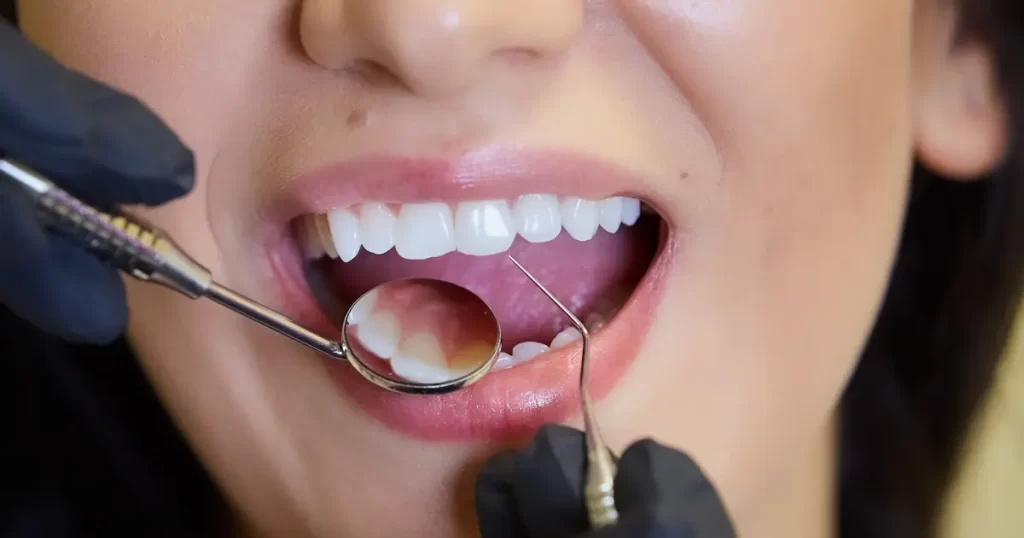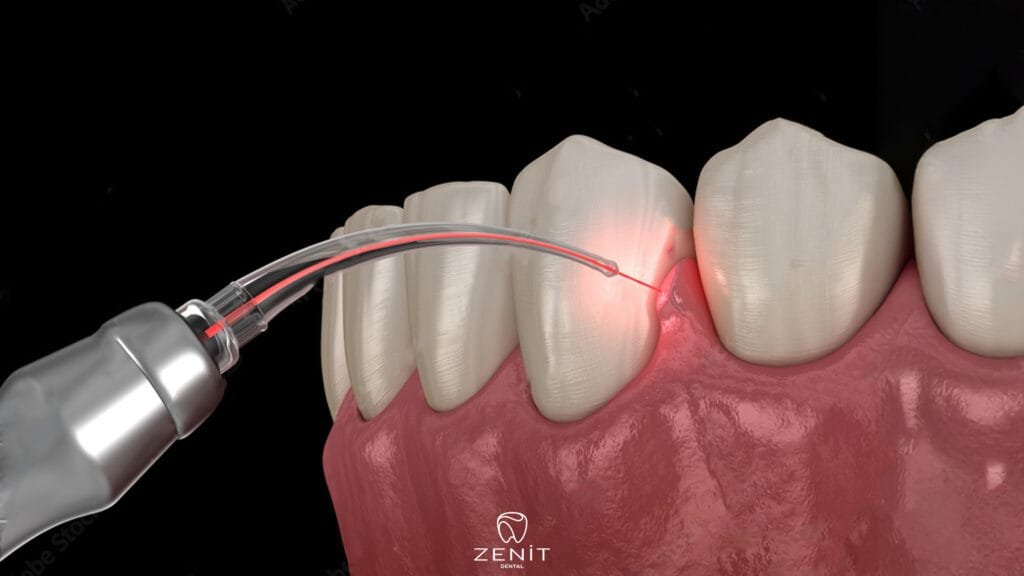A dental bridge is a type of dental prosthesis used to fill the gaps between the teeth. The bridge is placed on the intact teeth and these teeth are brought together with fasteners. Artificial teeth, which replace the teeth used to fill the cavity, are located on the bridge. Bridge applications are used for aesthetic and functional purposes and can be maintained for many years when properly maintained. Dental bridges can be used to fill cavities caused by the loss of a tooth, as well as to solve various dental problems. Dental bridges can be made to prevent other teeth from moving after a tooth is lost due to tooth decay, impact, gum diseases or aging.
To perform bridge treatment, first of all, there should be healthy teeth so that the old tooth can be replaced with an artificial tooth. The patient’s gums and teeth are examined in detail and appropriate treatment methods are determined. Then, a temporary bridge is placed over the healthy teeth and the suitability of the patient is examined. If it is decided that the patient’s teeth are suitable after the examination, the main bridge is designed with the right size and features. The completed bridges are placed on the intact teeth and properly fixed.
What is Dental Bridge?
Dental bridges are a dental treatment method used to reconstruct the teeth of people who are tooth deficient. The bridge surfaces used in the application consist of one or more artificial teeth that are coated with metal or ceramic. These artificial teeth are fixed to other teeth in the tooth-deficient area and help the teeth to perform their natural functions by creating bridges.
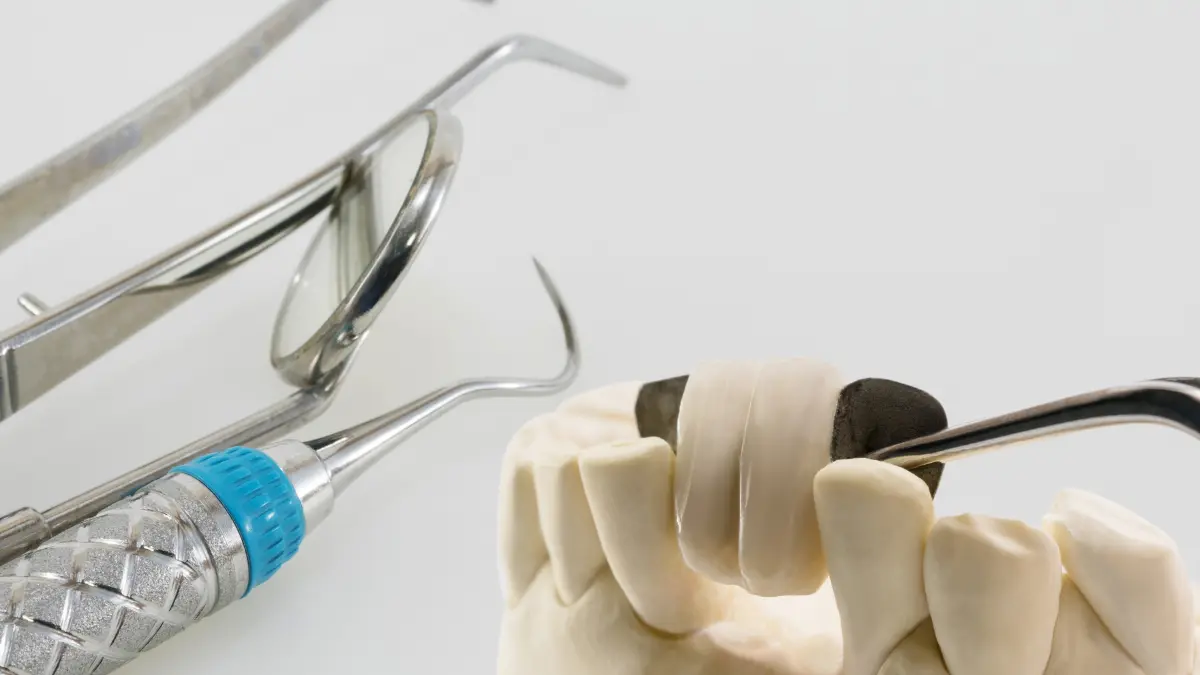
Dental bridges are one of several different methods used to reconstruct teeth. Other methods include dental implants and dentures. However, dental bridges may be a more suitable option for people with tooth deficiency because dental implants are a longer-term treatment option, but they are more expensive and the duration of treatment may be longer. Prostheses are a completely removable option and may not be suitable for some patients.
The dental bridge is usually covered with metal or ceramic. Metal veneer, while a more durable option, is less aesthetic. The ceramic coating provides a more natural appearance and can be harmonized with other teeth. Dental bridges can last for a long time, as long as oral hygiene is taken care of. However, after the bridge application, patients should regularly go to the dentist and pay attention to oral hygiene.
Is the Dental Bridge Painful?
The dental bridge, which is attached to the replacement of missing teeth and fixed to other teeth, is the restoration method used for oral health. This procedure can be an ideal option, especially for patients with a few teeth missing. However, before applying a bridge, people often wonder the question “Is the dental bridge painful?”
The dental bridge process starts with a preparation in place of the missing teeth. Then, a small cut is made on the teeth on the side and bridge supports are placed here. The bridge supports are fixed in place of the structure, which will be installed in place of the missing tooth. These bridge supports are then combined with artificial teeth on the structure. The process of bridging the teeth can usually be completed within a few visits and allows patients to feel generally relaxed. Some pain and tenderness during the bridge treatment process is normal. However, this pain is usually mild and usually goes away within a few days. After dental bridge treatment, the pain may usually increase due to the pressure applied to the teeth and the sensitivity in the gums. However, the pain can usually be relieved with medications and cold compresses.
Some precautions can be taken to minimize pain after the bridge procedure. Steps such as taking medications regularly, using cold compresses and consuming soft foods help reduce pain. In addition, it is important to avoid brushing sensitive teeth with hard materials during the treatment period. Instead, brushing gently using a soft toothbrush can help teeth and gums heal faster.
Why is Dental Bridge Not Recommended?
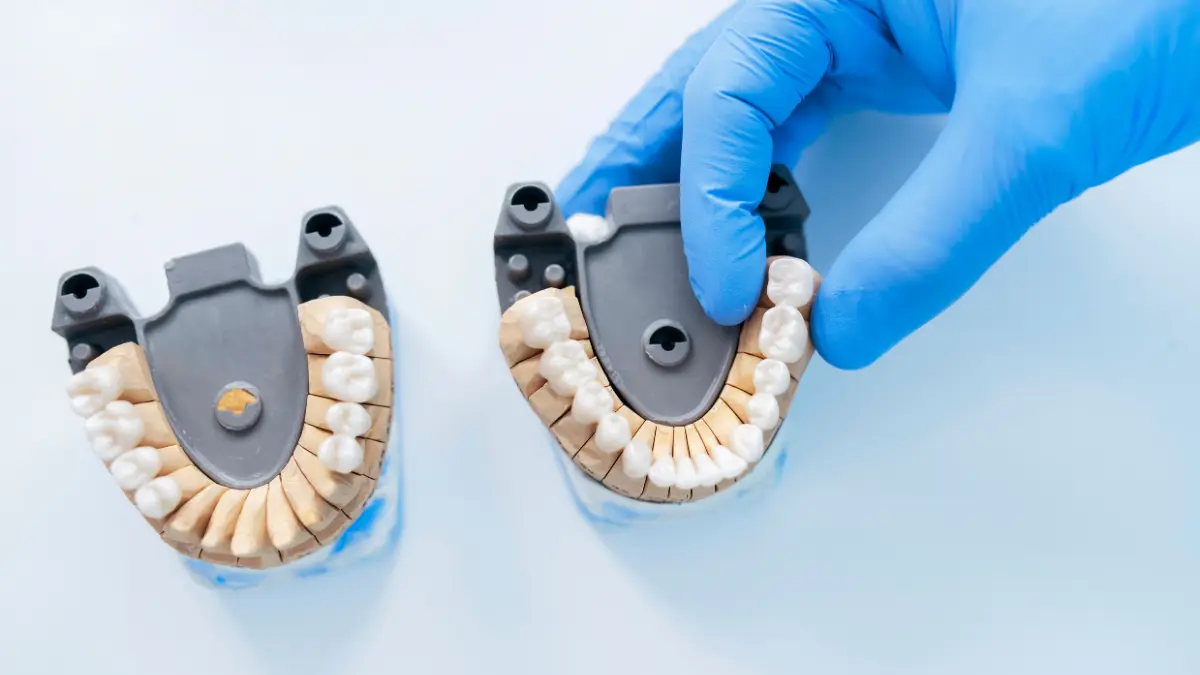
In the field of dentistry, aesthetic concerns, a healthy mouth structure and functional needs are among the priority demands of patients. Patients who apply to dentistry for this purpose may question the methods to be replaced when they experience tooth loss. Dental bridges, fillings, implants and prostheses are the most frequently used methods. However, dental bridges are no longer recommended by dentists for many reasons. So why is dental bridge not recommended?
The first reason is that healthy teeth are cut unnecessarily during the application of dental bridges. In place of the teeth lost as a result of decay or accidents in the teeth, a bridge is created by placing metal or ceramic leaves, called bridges, on the jawbone. In this way, missing teeth are completed both in functionality and aesthetics. However, during this process, neighboring healthy teeth can be cut unnecessarily and metal pins and ceramic leaves can be placed. As a result of this procedure, permanent damage may occur in healthy teeth.
The second reason is the material costs associated with bridges. Dental bridges may be more economical, especially if they are applied long after tooth loss, before permanent tooth loss occurs. However, dental bridges are used more frequently in elderly patients and may be more costly than dentures. Therefore, the financial cost of bridges shows that there is no clear solution to the problem of tooth loss in patients.
The last reason is that dental bridges can disrupt oral hygiene. Bridges can cause gum disease and loss of teeth as a result of their accumulation at the bottom of the teeth. Treatment of dental caries and gum disease under the bridge is quite difficult and requires a long-term treatment process. For this reason, other methods such as implants, fillings or prostheses can be preferred instead of dental bridges. Therefore, the ideal methods in terms of a healthy mouth structure and functional needs may be other methods such as implants, fillings or prostheses instead of dental bridges. Thanks to these methods, patients who experience tooth loss can maintain a healthy mouth structure and achieve a healthier smile.
Symptoms of Improper Dental Bridge
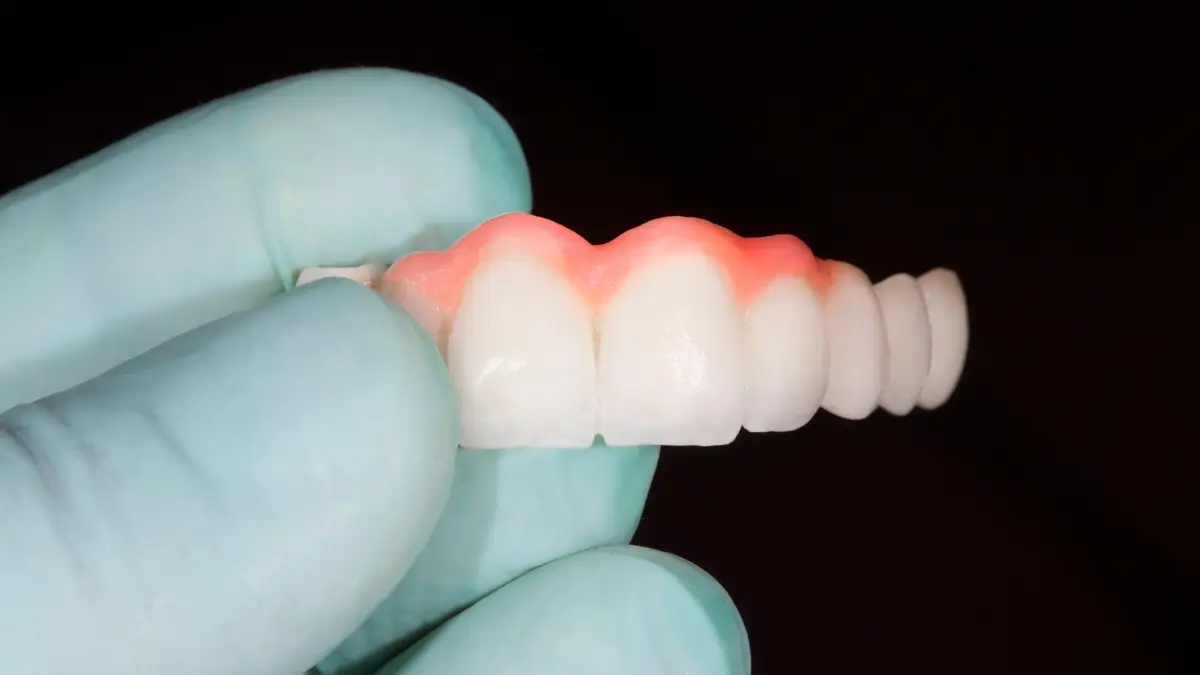
Bridges are prostheses that provide a connection between teeth by covering one or more teeth. However, over time, some symptoms may occur as a result of wear or misuse of these bridges. These symptoms can negatively affect your oral health. What are the symptoms of improper dental bridge in our article? We will talk about this.
Pain and Tenderness
An improperly fitted dental bridge can cause pain and sensitivity in the mouth. These symptoms are usually caused by wear, loosening or incorrect placement of the bridge. Pain and sensitivity can also be caused by other problems, including oral hygiene. Therefore, these symptoms should not be ignored and a dentist should be consulted.
Gum Problems
An improper dental bridge can cause problems such as recession, bleeding or swelling in the gums. These symptoms may occur due to improper placement of bridges, wear or poor oral hygiene. These symptoms can also be a harbinger of a more serious problem such as gum disease. Therefore, it is important to consult with a dentist.
Halitosis
An improper dental bridge brings problems such as bad taste and odor, including bad breath. These symptoms usually occur due to improper placement of bridges, their wear or insufficient oral hygiene. These problems can also be a sign of an infection in the mouth. Therefore, it is important to consult your dentist and get information about the solutions.
An improper dental bridge application can cause serious problems in your oral health. Therefore, if you have any pain, tenderness, or gum problems with your dental bridges, it is important to consult a dentist.
How Permanent Is the Dental Bridge?
In addition to causing aesthetic problems, tooth loss can also negatively affect chewing function. In case of loss, restorative treatments such as bridges are frequently used to compensate for aesthetic and functional losses. However, it is wondered how permanent bridges are. In this section, how permanent is a dental bridge? There will be a general information about it.
Dental bridges can last 10 to 15 years, depending on the health of the gums, bone tissues and surrounding teeth. However, if properly cared for, bridges can extend their lifespan even further. factors that affect the lifespan of bridges include how a person cares for their teeth, oral hygiene, diet, smoking habits and stress.
Bridges can also affect their lifespan depending on how long ago the tooth was lost. If the dental bridge was made after a long period of tooth loss, the bridge may be under more stress. In this case, it can fail more quickly. This is due to the reduction of bone tissue after prolonged tooth loss. Therefore, the teeth leave a gap where they were lost. This gap causes the bridge to be under more stress.
Dental bridges can last between 10 and 15 years, depending on the health of one’s teeth, diet and smoking habits. However, with proper care and regular check-ups, dental bridges can extend their lifespan even further.



